Have you ever experienced a slow draining or gurgling sound coming from your bathroom sink? If so, you may need to vent your bathroom sink drain. Venting is an essential aspect of proper plumbing and can prevent issues like sewer gas build-up and slow drainage. In this article, we will discuss everything you need to know about venting a bathroom sink drain and why it is crucial for your plumbing system. Venting a Bathroom Sink Drain: Understanding the Importance
Before we dive into the specifics of venting a bathroom sink drain, let's first understand what venting is and how it works. Venting is a system of pipes that connect to the drain pipes in your home and extend to the roof. These pipes allow air to flow through the plumbing system, preventing pressure build-up and keeping the water flowing smoothly. When it comes to venting a bathroom sink drain, there are a few options to consider. The most common method is through a vent pipe that connects to the sink's drain pipe and extends through the roof. However, in situations where this is not possible, there are other alternative options available. How to Vent a Bathroom Sink Drain: An Overview
As mentioned earlier, the most common way to vent a bathroom sink drain is through a vent pipe. However, if your bathroom layout or structure does not allow for this, there are a few alternative options you can explore. One option is using an air admittance valve (AAV), which is a mechanical device that allows air to enter the plumbing system but prevents sewer gas from escaping. Another option is using a wet vent, which is a larger drain pipe that serves as both the drain and vent for the bathroom sink. Bathroom Sink Drain Venting Options: What Are They?
Some older homes may not have a vent system in place for the bathroom sink. In such cases, it may be tempting to skip the venting process altogether. However, not venting a bathroom sink drain can lead to numerous problems, including slow drainage, foul odors, and even potential health hazards. It is always best to consult a professional plumber and find a suitable solution for venting your bathroom sink drain. Venting a Bathroom Sink Drain Without a Vent: Is It Possible?
The short answer is yes. Venting a bathroom sink drain is crucial for maintaining the health and functionality of your plumbing system. Without proper venting, pressure can build up within the pipes, preventing proper drainage and potentially causing leaks or blockages. Additionally, venting allows for the release of harmful sewer gases, keeping your home safe and odor-free. Do You Need to Vent a Bathroom Sink Drain?
When it comes to plumbing, it is essential to follow local building codes and regulations. These codes dictate the proper placement and size of vent pipes and the use of AAVs or wet vents. In some cases, homeowners may require a permit to install or modify a venting system. It is always best to consult a professional plumber who is familiar with local codes to ensure your bathroom sink drain venting meets all requirements. Bathroom Sink Drain Venting Code Requirements: Know the Rules
If you are installing a new bathroom sink or need to add a vent to an existing sink, it is essential to follow the correct steps to ensure proper installation. Here is a general guide on how to install a bathroom sink drain vent: 1. Determine the location of the vent pipe on the roof and mark it for reference. 2. Install the vent pipe vertically through the roof and secure it in place. 3. Connect the vent pipe to the sink's drain pipe using a PVC pipe and fittings. 4. Test the venting system by running water through the sink and checking for proper drainage and no strange noises or odors. How to Install a Bathroom Sink Drain Vent: A Step-by-Step Guide
Despite proper installation, issues with bathroom sink drain venting may still arise. Here are a few common problems and solutions to consider: 1. Slow draining: This may be due to a clog in the vent pipe. A professional plumber can inspect and remove any blockages. 2. Gurgling sounds: This may indicate a blockage in the vent pipe or a problem with the AAV. Have a plumber check and repair if necessary. 3. Sewer gas smell: This may be due to a faulty AAV or a vent pipe that is too small. A plumber can replace the AAV or install a larger vent pipe to resolve the issue. Bathroom Sink Drain Venting Solutions: Troubleshooting Common Problems
As mentioned earlier, the most common method for venting a bathroom sink drain is through the roof. This method has its pros and cons: Pros: - Provides proper ventilation for the plumbing system - Prevents pressure build-up and slow drainage - Allows for the release of harmful sewer gases Cons: - Requires professional installation - May require a permit - Can be costly if not already in place Venting a Bathroom Sink Drain Through the Roof: Pros and Cons
In conclusion, venting a bathroom sink drain is an essential aspect of maintaining a healthy and functional plumbing system. It is always best to consult a professional plumber for proper installation and to ensure your venting system meets all local codes and regulations. With the right venting in place, you can prevent potential issues and keep your bathroom sink draining smoothly. Bathroom Sink Drain Venting: The Bottom Line
Why Proper Ventilation for Bathroom Sink Drains is Essential for Your House Design
The Importance of Proper Ventilation
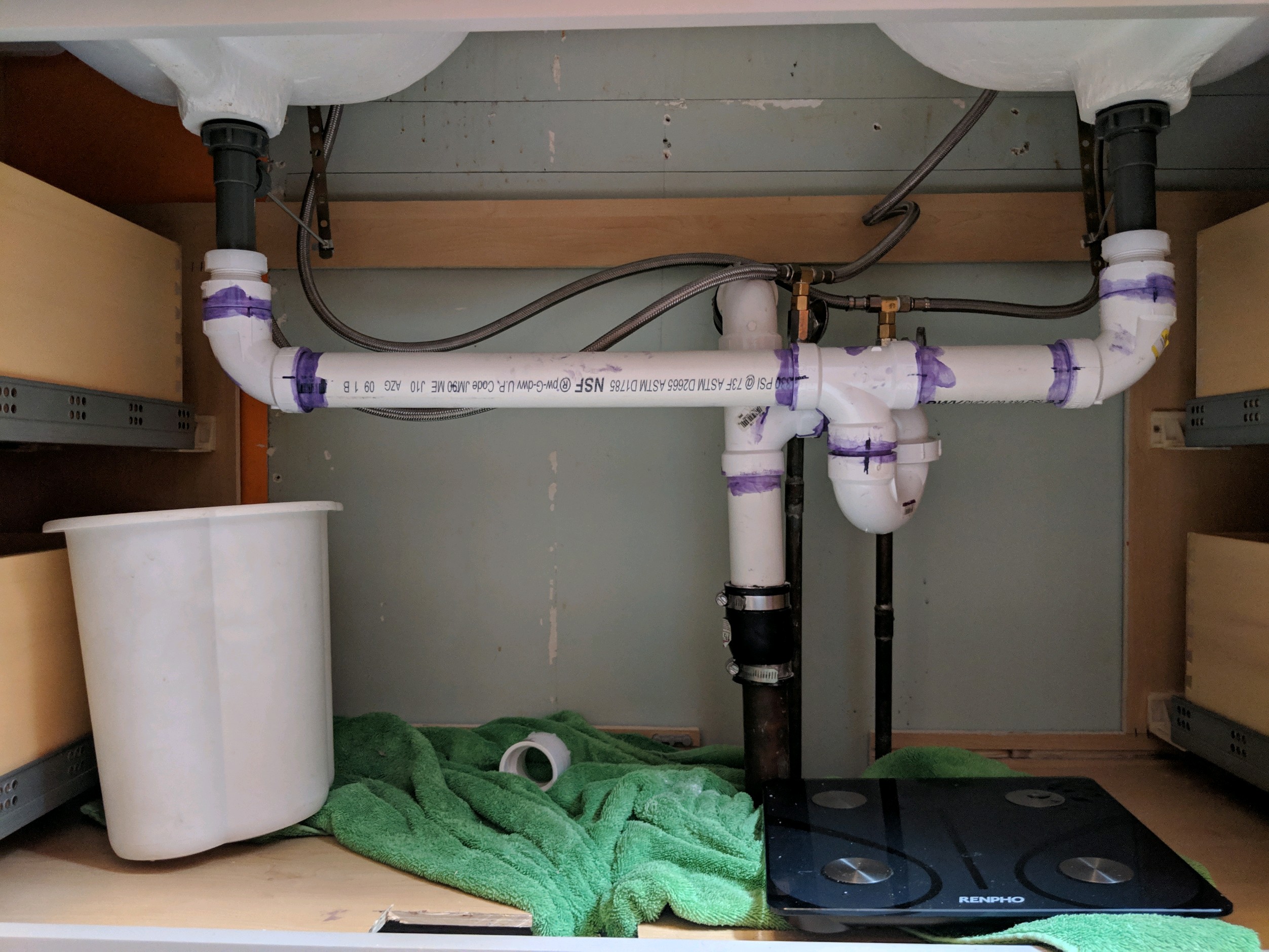 When it comes to designing a functional and efficient house, proper ventilation is often overlooked. However, it is a crucial aspect that can greatly impact the overall functionality and maintenance of your home. This is especially true for your bathroom sink drain.
Proper ventilation for bathroom sink drains is essential for maintaining a healthy and comfortable living environment.
When it comes to designing a functional and efficient house, proper ventilation is often overlooked. However, it is a crucial aspect that can greatly impact the overall functionality and maintenance of your home. This is especially true for your bathroom sink drain.
Proper ventilation for bathroom sink drains is essential for maintaining a healthy and comfortable living environment.
The Purpose of Venting Bathroom Sink Drains
 Bathroom sink drains need to be properly vented to allow air to flow through the pipes and prevent any potential blockages or odors.
When water flows down the drain, it creates a vacuum that can slow down the flow or even stop it completely if there is no air to replace it. This can lead to clogs and unpleasant odors in your bathroom. Proper ventilation allows air to enter the drain and equalize the pressure, ensuring a smooth and efficient flow of water.
Bathroom sink drains need to be properly vented to allow air to flow through the pipes and prevent any potential blockages or odors.
When water flows down the drain, it creates a vacuum that can slow down the flow or even stop it completely if there is no air to replace it. This can lead to clogs and unpleasant odors in your bathroom. Proper ventilation allows air to enter the drain and equalize the pressure, ensuring a smooth and efficient flow of water.
The Benefits of Having a Properly Vented Bathroom Sink Drain
 Having a properly vented bathroom sink drain not only prevents clogs and odors, but it also improves the overall functionality and lifespan of your plumbing system.
It helps to maintain the proper water pressure, prevents the buildup of harmful gases, and reduces the risk of leaks or bursts in your pipes.
This can save you from costly repairs and replacements in the long run.
Having a properly vented bathroom sink drain not only prevents clogs and odors, but it also improves the overall functionality and lifespan of your plumbing system.
It helps to maintain the proper water pressure, prevents the buildup of harmful gases, and reduces the risk of leaks or bursts in your pipes.
This can save you from costly repairs and replacements in the long run.
The Different Types of Venting Systems
 There are various types of venting systems that can be used for bathroom sink drains. The most common one is the
individual venting system
, where each fixture has its own vent pipe connected to the main vent stack. Another option is the
common venting system
, where multiple fixtures are connected to a single vent pipe. Whichever system you choose, it is important to ensure that it is properly installed and meets local building codes.
There are various types of venting systems that can be used for bathroom sink drains. The most common one is the
individual venting system
, where each fixture has its own vent pipe connected to the main vent stack. Another option is the
common venting system
, where multiple fixtures are connected to a single vent pipe. Whichever system you choose, it is important to ensure that it is properly installed and meets local building codes.
Conclusion
 In conclusion, proper ventilation for your bathroom sink drain is crucial for maintaining a healthy and functional living environment.
It not only prevents clogs and odors, but it also improves the overall functionality and lifespan of your plumbing system.
Make sure to consult a professional plumber to determine the best venting system for your house design and ensure that it is properly installed. Don't overlook the importance of proper ventilation, it can save you from major headaches and expenses in the future.
In conclusion, proper ventilation for your bathroom sink drain is crucial for maintaining a healthy and functional living environment.
It not only prevents clogs and odors, but it also improves the overall functionality and lifespan of your plumbing system.
Make sure to consult a professional plumber to determine the best venting system for your house design and ensure that it is properly installed. Don't overlook the importance of proper ventilation, it can save you from major headaches and expenses in the future.



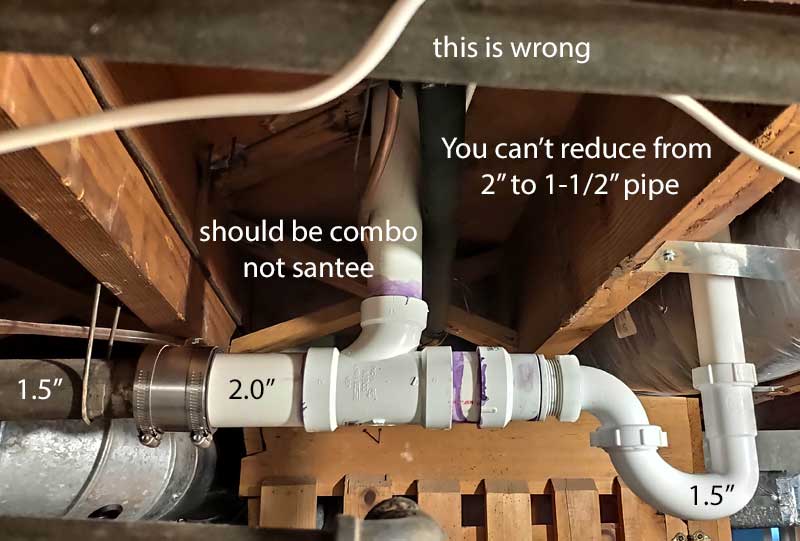


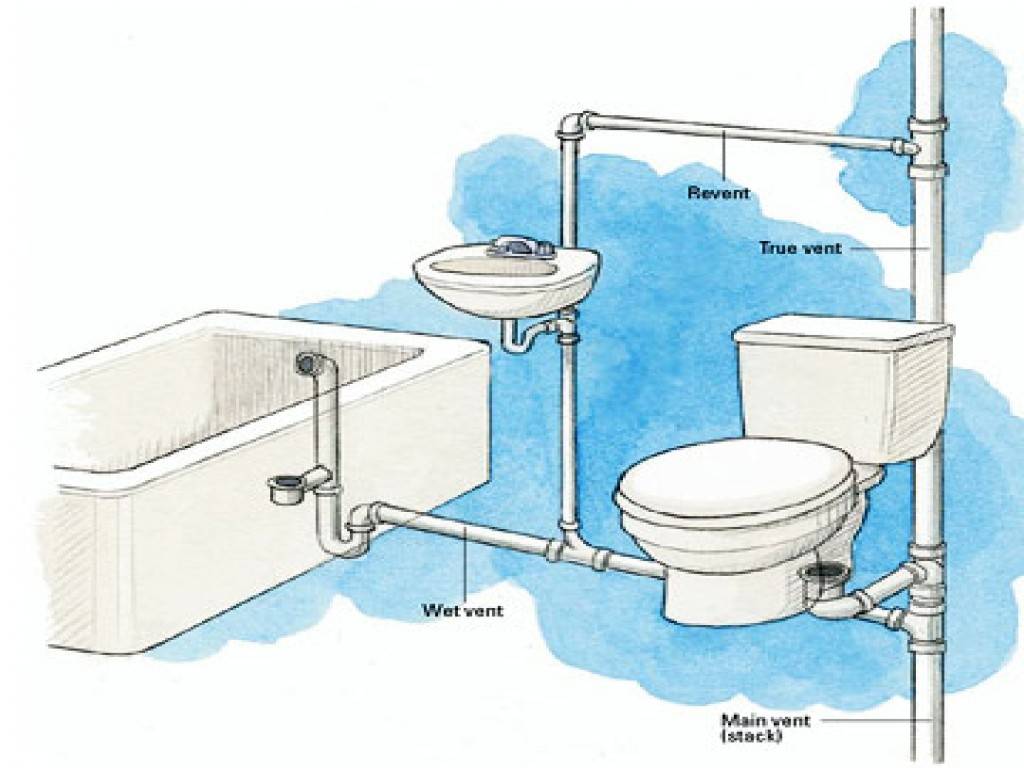






















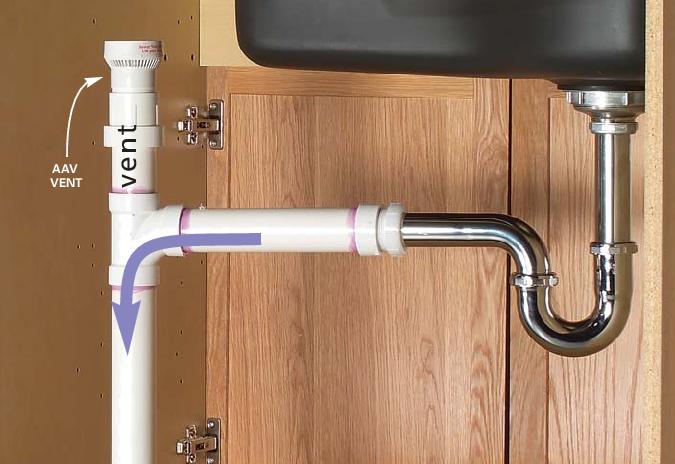





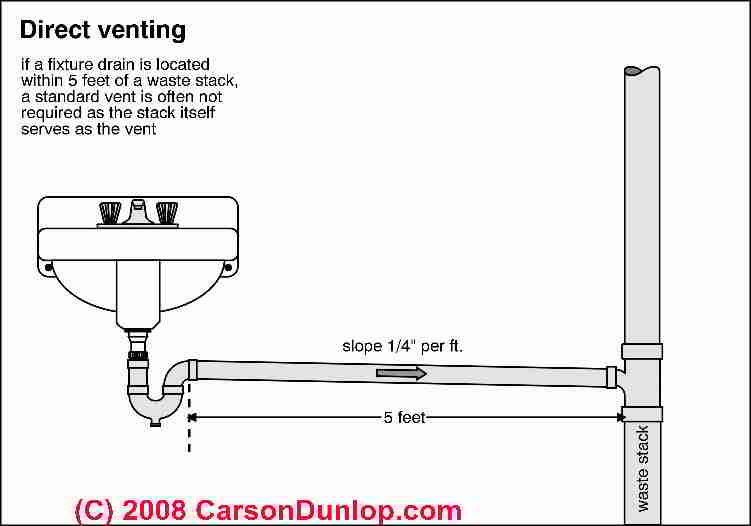











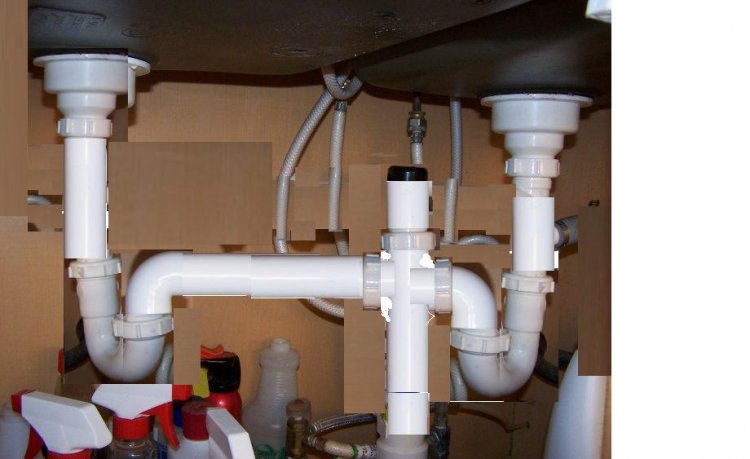




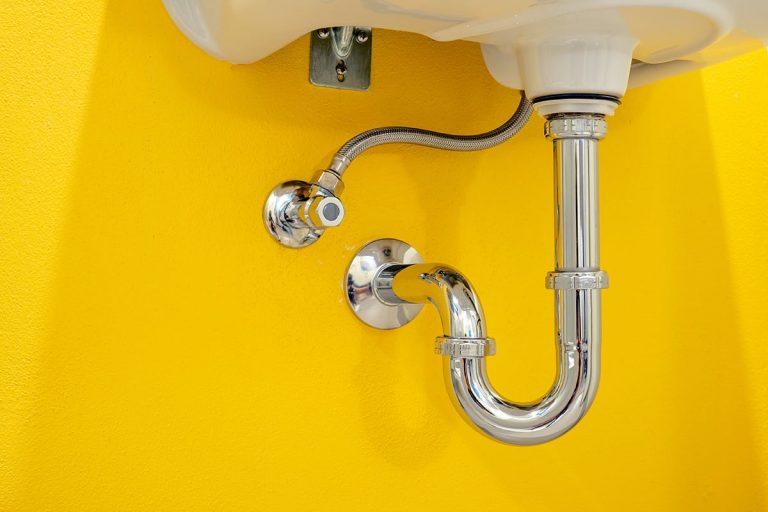




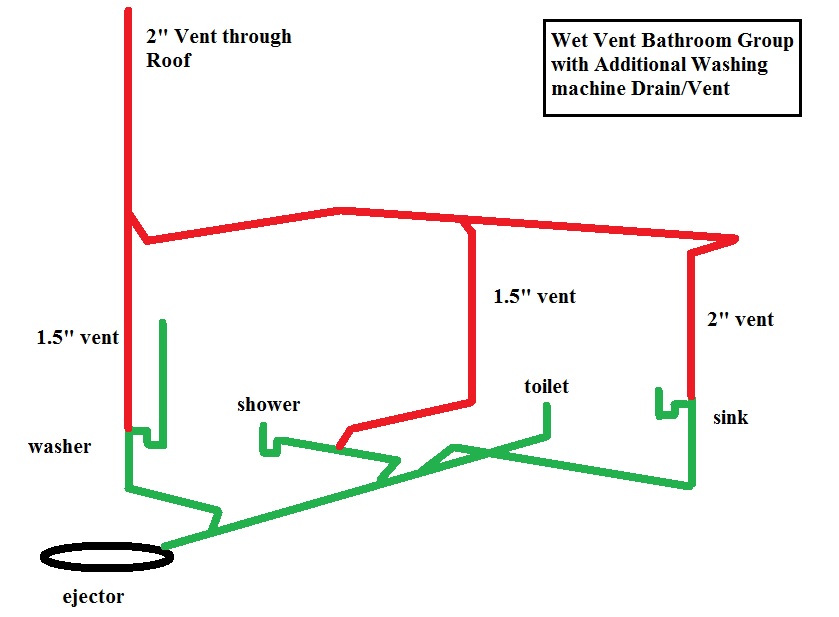
:max_bytes(150000):strip_icc()/bathroom-sink-drain-installation-2718843-02-61e5ecbee1e949be8d8f45ac4f5a6797.jpg)







